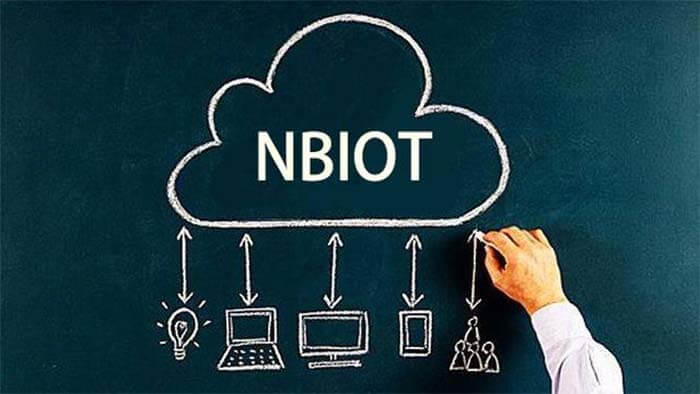NB-IoT, Narrow Band Internet of Things, is an important branch of the Internet. NB-IoT is built on a cellular network and only consumes about 180KHz of bandwidth.
It can be directly deployed on a GSM network, UMTS network, or LTE network to reduce deployment costs and achieve smooth upgrades. But what is NB-IoT? What are the NB-IoT applications?
What is NB-IoT?
NB-IoT is an emerging technology in the IoT field, which supports the cellular data connection of low-power devices in the wide-area network. It is also called a low-power wide-area network (LPWAN).
NB-IoT supports efficient connection of devices with long standby times and high network connection requirements. It is said that the battery life of NB-IoT devices can be increased by at least 10 years, while also providing very comprehensive indoor cellular data connection coverage.
For the development of standards for the Internet of Things, Huawei was the first to promote it. In May 2014, Huawei proposed the narrowband technology NBM2M; in May 2015, NB-CIOT was formed by fusing NBOFDMA; in July 2015, NB-LTE and NB-CIOT were further merged to form NB-IoT; the NB-IoT standard is expected to be 3GPPR13 appeared and was frozen in June 2016.
Previously, compared to the NB-LTE promoted by Ericsson, Nokia, and Intel, Huawei paid more attention to building an NB-CIOT ecosystem, including mainstream operators, chip vendors, and equipment such as Qualcomm, Vodafone, Deutsche Telekom, China Mobile, China Unicom, and Bell. Both upstream and downstream of the system industry chain have joined this camp.
NB-IoT focuses on the Low Power Wide Coverage (LPWA) Internet of Things (IoT) market and is an emerging technology that can be widely used worldwide. It has the characteristics of wide coverage, multiple connections, fast speed, low cost, low power consumption, and excellent architecture. NB-IoT uses the license frequency band and can adopt three deployment methods: in-band, guard band, or an independent carrier, to coexist with existing networks.
What are the NB-IoT applications?
In the field of low-speed Internet of Things, NB-IoT, as a new standard, achieves the ultimate in cost, coverage, power consumption, and number of connections. This technology is widely used in eight typical industries, including public utilities, healthcare, smart cities, consumers, agricultural environments, logistics and warehousing, smart buildings, and manufacturing.
Utilities:
Meter reading (water/gas/electricity/heat), smart water (pipe network/leakage/quality inspection), smart fire extinguisher/fire hydrant.
Medical health:
Drug traceability, remote medical monitoring, sphygmomanometer, blood glucose meter, and heart armor monitoring.
Smart City:
Smart street lights, smart parking, urban trash can management, public safety/alarm, construction site/urban water level monitoring.
Consumer:
Wearable devices, bicycle/moped anti-theft, smart luggage, VIP tracking (children/elderly/pet/vehicle rental), payment/POS machines.
Agricultural environment:
Precision planting (environmental parameters: water/temperature/light/medicine/fertilizer), animal husbandry (health/tracking), aquaculture, food safety traceability, urban environmental monitoring (water pollution/noise/air quality PM2.5).
Logistics and warehousing:
Asset/container tracking, warehouse management, fleet management/tracking, cold chain logistics (status/tracking).
Intelligent Building:
Access control, smart HVAC, smoke/fire detection, elevator failure/maintenance.
Manufacturing Industry:
Production/equipment status monitoring, energy facilities/oil, and gas monitoring, chemical park monitoring, large-scale rental equipment, predictive maintenance (home appliances, machinery, etc.).
The above is an introduction to what NB-IoT is and the NB-IoT applications. NB-IoT is an emerging Internet of Things technology that has attracted much attention due to its low power consumption, stable connection, low cost, and excellent architecture optimization. As NB-IoT technology becomes more and more mature, it will appear in more fields in the future.
You may also be interested in the below articles.




